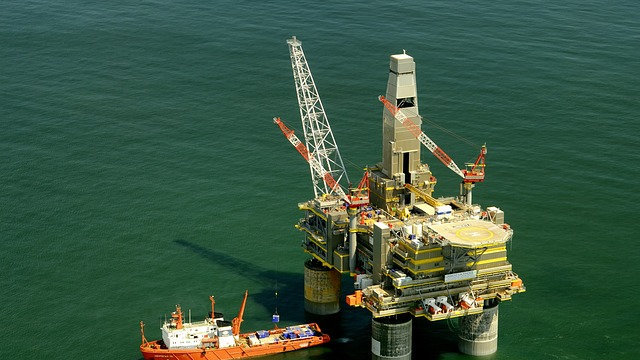
 720
720
WTI Crude Oil Prices Slide Amid Libya Political Progress and Global Demand Concerns
The price of West Texas Intermediate (WTI) crude oil has experienced a decline, trading at approximately $69.40 per barrel during the Asian session on Wednesday. This downward trend is primarily attributed to indications that a longstanding political dispute in Libya may be nearing resolution, which had previously disrupted oil exports. Moreover, concerns regarding a slowdown in global demand are contributing to the drop in oil prices.
Recent reports indicate that the two legislative bodies in Libya have reached an agreement to jointly appoint a new central bank governor. This development could alleviate the conflict over oil revenue management that has hindered the nation’s oil supply, with prospects of reinstating over 500,000 barrels per day back into the market. Market observers are closely monitoring this situation as a positive resolution could reintegrate Libyan crude into the global supply chain.
In the United States, further pressure on oil prices was evident in data released by the Institute for Supply Management, which pointed to a continued stagnation in manufacturing activity. Although there was a slight uptick in the Manufacturing Purchasing Managers’ Index (PMI) for August, rising to 47.2 from July’s 46.8, it fell short of the anticipated figure of 47.5. This represents the 21st month of contraction in factory activity, signaling sustained weakness in the sector.
China, the world’s largest crude importer, also reported a decline in manufacturing activity, hitting a six-month low in August, with notable drops in factory gate prices. In response, Chinese authorities are likely to accelerate stimulus measures aimed at boosting household consumption.
Compounding the situation, plans from OPEC and its allies to increase production in the upcoming quarter add further pressure on oil prices. With eight member nations set to boost their output by 180,000 barrels per day in October, the market remains highly sensitive to these developments, which further reflect the complexities of the global oil landscape.














